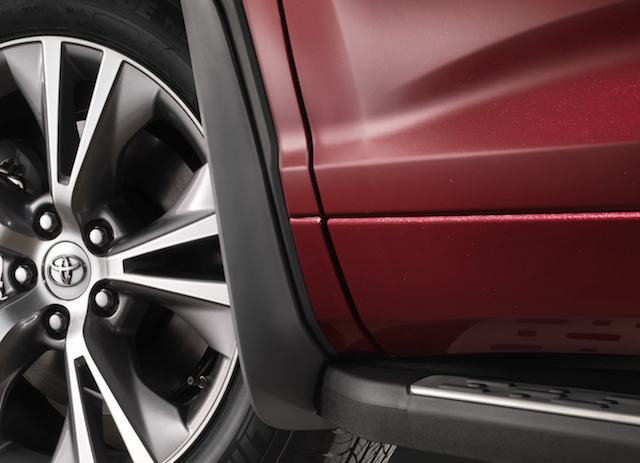The Hail Shop USA Only Uses OEM
99% of all dent damage (with no paint damage) can be repaired with paintless dent repair. If the dents and dings can’t be repaired with paintless dent removal, The Hail Shop USA only uses OEM (Original Equipment Manufacturer) parts.
Why? The Hail Shop USA stands behind their 100% restoration claim by only using OEM parts if the vehicle panel can not be restored back to its pre-damaged condition. Even if your insurance company will only cover the cost of an Aftermarket panel, we will ALWAYS make the upgrade and cover the cost to replace an unrepairable panel with an OEM part.
There are only a handful of repair shops that use only OEM parts. Typically, a dealer’s shop will work with OEM parts, and an independent auto body shop will work with aftermarket parts.
What is the difference between OEM & Aftermarket Parts?
OEM parts are exact replicas of the original parts put in your vehicle. Aftermarket parts, however, are designed only similarly are typically cheaper. In some instances, aftermarket parts can function as well and sometimes better than OEM parts BUT sometimes they don’t. If you aren’t 100% sure about your own car and its parts, aftermarket parts might seem like an acceptable exchange for the more expensive OEM parts.
What are the pros and cons of aftermarket parts?
Here we go over some of the biggest pros and cons with aftermarket parts. Ultimately, when it comes to insurance companies, they will only cover the cost of aftermarket parts if a panel needs to be replaced due to severe hail damage.
OEM Parts Pros & Cons
Pros
- Easy to choose – unlike aftermarket parts, they are usually only offered in one type.
- Guaranteed quality – OEM parts are designed to function exactly like the original part.
- Lifetime Warranty – dealerships and automakers offer warranties for their parts.
Cons
- Higher cost – compared to aftermarket parts, OEM parts will cost considerably more.
- Limited availability – these parts are purchased through an automaker or select suppliers.
Aftermarket Parts Pros & Cons
Pros
- Lower cost – Aftermarket parts are typically less costly than OEM parts.
- Increased variety – increased variety of parts mean more functionality, and a range of prices.
Cons
- Potentially worse quality – these parts also might not function as well as OEM parts.
- More selection – increased choices could be overwhelming, and increases quality risk.
- No warranty – some of these parts are sold without a warranty, depending on price.
In the end, OEM parts are all created equal and with 100% consistency. Aftermarket parts are not created equal and quality can greatly vary. To be safe, The Hail Shop USA chooses to 100% restoration. Restoring your vehicle to it’s original condition is our goal.
